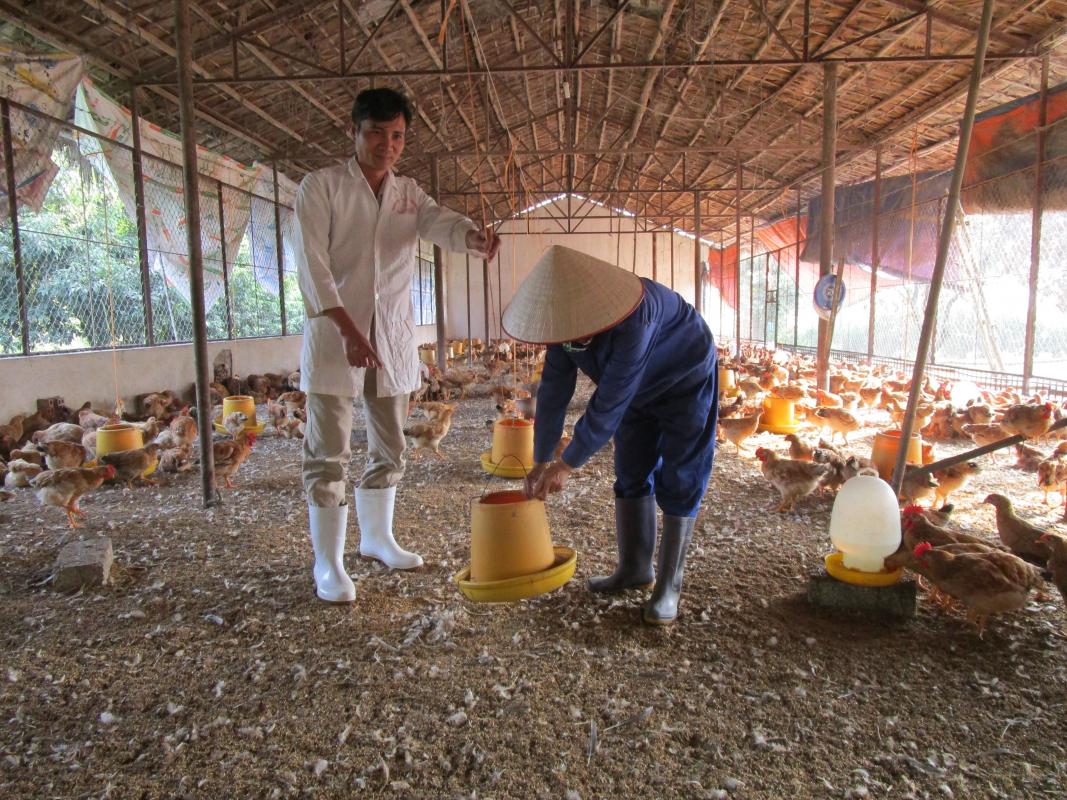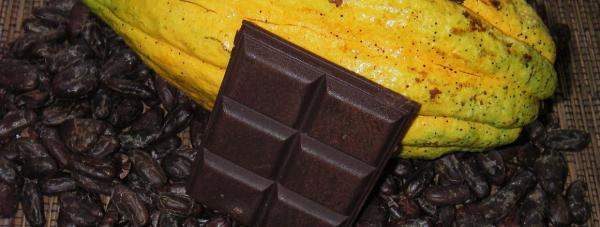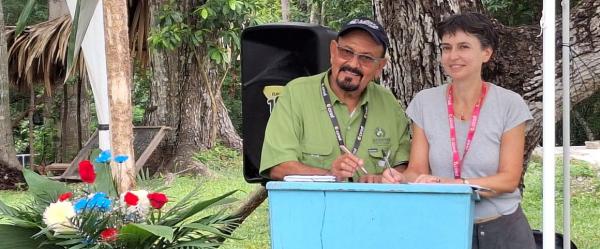Science at work 16 December 2025
- Home
- Press area
- Press releases
- Health network to secure poultry production
One Health | 30 partners launch a health network to secure poultry production in South Asia

Chicken farm in Vietnam © Nguyen Van Dai
With the increasing demand for eggs and poultry meat in Asia, 30 partners, researchers, veterinarians, clinicians and social science specialists have just set up a veterinary public health network called “One Health Poultry Hub”. Their goal: to tackle the emergence of zoonotic diseases, which are transmitted from animals to man; and to secure poultry production. Bacterial food poisoning is common in South Asia, particularly campylobacter and salmonella. In the region, major outbreaks of avian flu still occur. The causal viruses of avian flu evolve continually, often a long way from the vaccine strains used in intensive production units. Lastly, antimicrobial resistance due to the overuse of antibiotics in poultry production is a reality that represents a global threat.
“The current intensification of poultry production in Asia considerably increases the risk of disease outbreaks,” explains Marisa Peyre, a CIRAD researcher in health economics, involved in the network. “For example, we are concerned about the emergence of a new strain of avian flu that could have a major impact on the economy of the poultry production sector and small producers, but could also pose a new pandemic threat.”
In addition to viral or bacterial disease monitoring, scientists in the network are striving to identify behaviour, processes and environments that represent a high risk in order to correct them and design adapted disease control plans to secure poultry production. As underlined by Marisa Peyre, “The recent example of the African swine fever outbreak in China illustrates the importance of increasing vigilance in the poultry sector ”.
Four Asian countries involved: Bangladesh, India, Sri Lanka and Vietnam
Four countries are directly involved in the network’s actions: Bangladesh, India, Sri Lanka and Vietnam. European and Australian scientists are also part of the network, which is coordinated by the Royal Veterinary College and financed by the Global Challenges Research Fund (GCRF) and UK Research and Innovation (UKRI) for a total of 20 million euros.
Ruwani Kalupahana from Peradeniya University attests to the network’s value for his country: “Sri Lanka is almost self-sufficient in poultry production, but it needs to improve its products’ food safety to meet international standards. The network is a golden opportunity for countries to share technical know-how and knowledge.”
CIRAD, in cooperation with Vietnam’s National University of Agriculture (VNUA) will coordinate the actions in Vietnam in partnership with five other Vietnamese institutions*. As Marisa Peyre explains, “In Vietnam, the intensification of livestock production units is flagrant, with a drive to triple production in the next 20 years; there are suspected links between the increasing number of infectious disease outbreaks or resistance to antibiotics and the intensification of production in this part of the world, but so far no specific studies have been conducted”.
Hoa TT Pham, a researcher in epidemiology with CIRAD in Vietnam is delighted. As she explains, “the network is a unique opportunity to involve both scientists and political decision makers when it comes to managing these risks. The problems will be addressed in their entirety, using innovative interdisciplinary methods linking research in both life sciences and social sciences.”
* National Institute of Animal Sciences (NIAS); National Institute of Veterinary Research (NIVR); National Institute of Hygiene and Epidemiology (NIHE) and Department of Animal Health (DAH) at the Ministry of Agriculture in Vietnam
Poultry meat and eggs are the world’s most popular and affordable source of animal protein. Compared to other farm animals, chickens are well adapted to intensive production systems because of their efficient food conversion and reduced carbon emissions. Chicken production, already one of the most intensive systems, is set to increase by 85% between now and 2050 (compared to 31% for pigs).



























